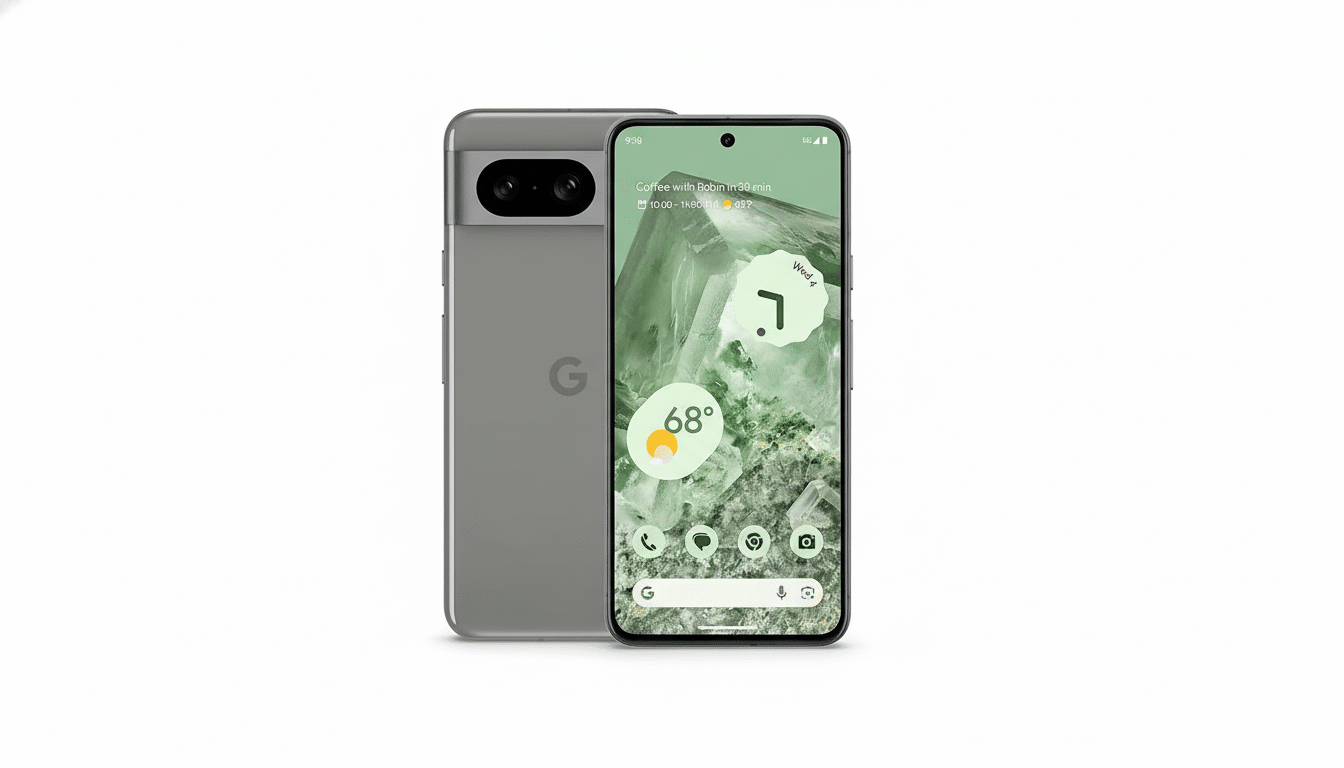Android is developing a new Wi‑Fi hotspot setting to speed things up without leaving older devices behind. Buried in the current Android Canary build, Google is testing a dual‑band option that will broadcast its mobile hotspot on two bands at once: 2.4 GHz and 6 GHz, essentially allowing broad compatibility alongside higher throughput and reduced interference by utilizing 6 GHz radio waves.
How the new dual‑band hotspot mode works
Today, most Android devices default to 2.4/5 GHz for hotspot sharing, with an additional 6 GHz‑only toggle that was recently added to Pixel phones. This new mode is a compromise between those two choices: the old beacon will remain lit at 2.4 GHz for legacy clients, while lighting up at 6 GHz if a device supports Wi‑Fi 6E or Wi‑Fi 7. That opens up cleaner, wider channels for newer laptops and phones while older gear continues to connect as before.

It is worth noting that this is not multi‑link aggregation. Client devices can and do connect to each band, but they can’t bond them. The benefit is pragmatic: new devices get a fast lane at 6 GHz, and older devices get a good‑enough fallback on 2.4 GHz without manual configuration.
Why 6 GHz shifts the mobile hotspot equation
The 6 GHz band is an immense clean‑air opportunity. In the U.S., the FCC opened up to 1,200 MHz of spectrum in the 6 GHz band that will accommodate significantly more 80 MHz and 160 MHz channels per AP than what’s possible on 5 GHz. Broad, uncongested airwaves are ideal for Wi‑Fi surfing and high‑capacity applications; on 2.4 GHz, interference from a cordless phone, baby monitor, or microwave may cause stuttering in things like HD video or music.
There are trade‑offs. The higher the frequency, the more attenuation signals experience through walls and obstacles, so 6 GHz will generally have less range than 2.4 GHz. Security also gets tighter: the Wi‑Fi Alliance requires WPA3 on 6 GHz, which is fine for protection but not compatible with very old clients. With the 6 GHz and 2.4 GHz pairing, Android can keep WPA3 on the fast band while letting older devices join via the legacy band, perhaps with a transition mode that enables this to happen over WPA3 where possible.
Adoption is rising fast. Most high‑end Android phones in the past couple of years include Wi‑Fi 6E or 7 radios, and premium Windows laptops have followed suit. Industry groups have also reported a swift increase in Wi‑Fi 6E‑certified product introductions across phones, PCs, and access points, meaning more people can actually use a 6 GHz hotspot today.
Rollout timeline, regions, and device compatibility
The 2.4+6 GHz dual‑band option is currently in testing in Android’s Canary channel and should appear in a future Android 16 QPR3 beta release. Pixels will likely be the first to see it, with other manufacturers to follow as they merge the change into their builds.

Regulatory green lights matter here. The FCC’s approval for very low power operation in 6 GHz has made smartphone hotspot use possible in the U.S., and other regions have their own rule sets under (respectively) Ofcom or ETSI frameworks. For users outside the U.S., note that timelines will vary according to local approvals, laws, and OEM support.
Hardware is the other prerequisite. Phones will need an SoC that supports dual‑band simultaneous operation with 6 GHz, which is already supported by recent Qualcomm and MediaTek platforms. There are already many devices that support 2.4/5 GHz hotspots at the same time; extending that to 2.4/6 GHz is a natural step as more radios take up residence in the 6 GHz band.
Real‑world performance gains and practical caveats
In busy locations — airports, events, crowded apartments — 6 GHz can be a lifeline. Thanks to lower incumbency and wider channels, it does not have the kind of congestion that slows down 2.4 GHz and even 5 GHz. A modern laptop attached over 6 GHz can get much higher real‑world throughput and lower latency, limited mostly by cellular backhaul and phone thermals.
Battery life is the obvious compromise. Using multiple radios at once takes more power and makes the unit hotter. Phones can adjust transmit power and channel width dynamically as required, but any prolonged high‑speed tethering will tax the battery. Range discrepancies remain too: 2.4 GHz will spread out over a greater distance, while 6 GHz does best within the same room.
Compatibility should be straightforward. Older devices will detect and connect to the 2.4 GHz SSID, while next‑gen 6E/7 clients gravitate toward the 6 GHz beacon. Administrators should keep in mind that 6 GHz requires WPA3, which is better but might necessitate retooling older enterprise gear if using sophisticated authentication methods.
The bottom line on Android’s dual‑band hotspot mode
Android’s new dual‑band hotspot setting is a pragmatic advancement that meets users where they are: a hybrid world of old and new clients. It provides a faster, cleaner tethering experience without compatibility limits by leveraging 2.4 GHz coverage along with 6 GHz performance. As it graduates from Canary to public beta and eventually to wider OEM adoption, this “best of both worlds” solution will likely become the dominant way Android shares connectivity.

